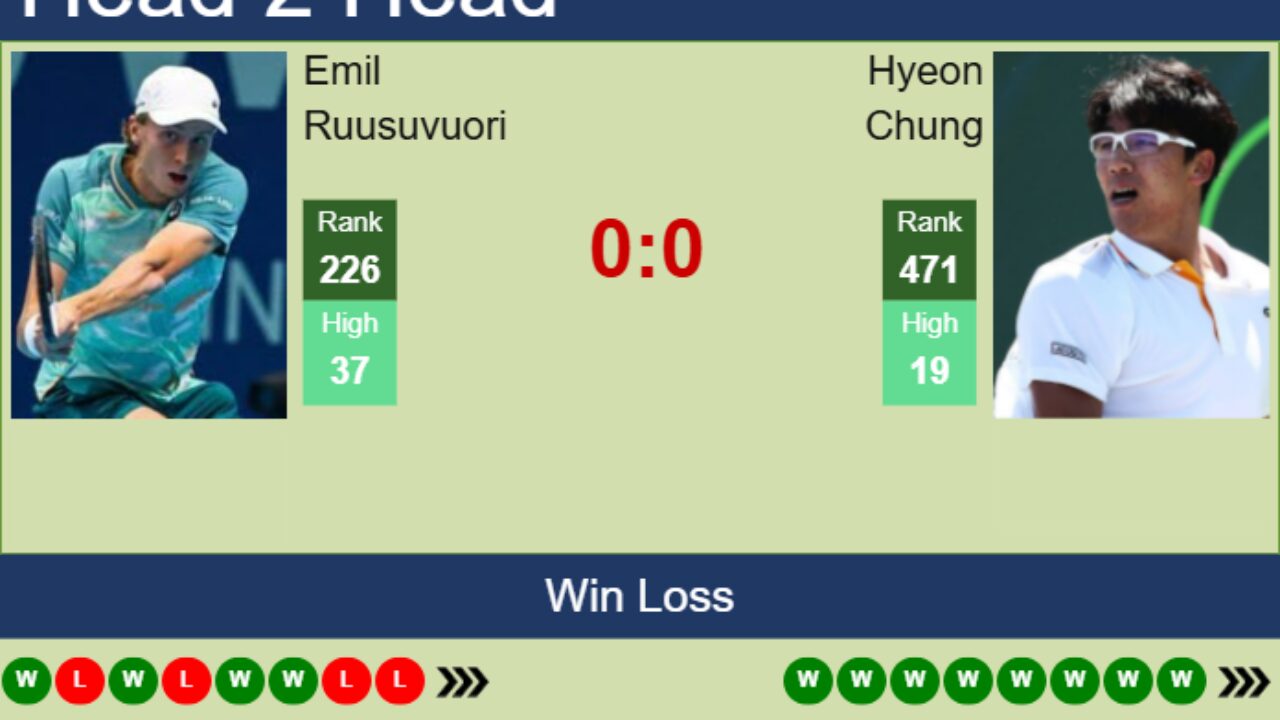Okay, so here’s the deal, I got super into trying to predict Emil Ruusuvuori’s matches, you know, the tennis dude. Thought it would be a fun little side project, maybe even make a few bucks if I got good enough.

First thing I did was dive deep into his stats. I’m talking ATP rankings, win-loss records on different surfaces (clay, grass, hard court – the whole shebang), head-to-head records against other players, even his unforced error rate. Websites like * and * became my best friends.
Then I started building a spreadsheet. Yeah, I know, sounds boring, but it’s crucial. I dumped all that data into it, trying to find patterns. Like, does he play better in the morning or afternoon? Does he struggle against left-handed players? Does his serve accuracy drop when he’s down a set? I was looking for any little edge I could find.
Next up, match analysis. I started watching a bunch of his matches, especially recent ones. Paid attention not just to the score, but to his body language, his shot selection, how he reacted to pressure. Was he serving well? Was he moving well? Did he seem confident? This is where the “eye test” comes in, you know?
I tried to factor in external stuff too. Where was the tournament being held? Was he playing at home, with a supportive crowd? Was he coming off a tough loss, or a big win? What was the weather like? All that stuff can influence a match, right?
After all that prep, it was time to make some predictions. Started small, just guessing who would win specific matches. Then I moved onto trying to predict the score, or even the number of games in a set. Used my spreadsheet, my match analysis, and my gut feeling.

Now, here’s the honest part: I wasn’t always right. Far from it. Tennis is unpredictable, and Ruusuvuori, like any player, has his ups and downs. But I kept track of my predictions, and after a while, I started to see where I was going wrong.
I realized I was overvaluing certain stats and undervaluing others. I learned to pay more attention to his opponent’s strengths and weaknesses, and how they matched up against Ruusuvuori’s. I also learned that sometimes, you just gotta go with your instinct, especially when the data is inconclusive.
I even tried to build a simple model using Python. I’m no programmer, but I managed to cobble something together that would spit out a win probability based on certain inputs (ATP rank, head-to-head record, etc.). It wasn’t perfect, but it was another tool in the arsenal.
Did I get rich? Nah. But I got better at predicting Ruusuvuori’s matches. More importantly, I learned a lot about tennis, about data analysis, and about the limits of prediction itself. It was a fun ride, and who knows, maybe I’ll try it again with another player someday.






